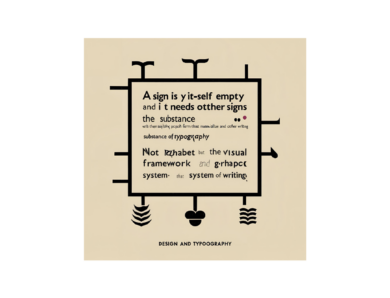
Week 7
Lecture: Susanna Edwards in conversation with Angharad Lewis
- Generate content for books, magazines and digital platforms.
- Identify the professional standards and processes used by practitioners working within the publishing industry.
- Analyse the various methods and platforms for self-publishing.
– think about context and audience
– shape/structure of article comes from content
– know your theme
– tone of voice
->digital publishing affected the whole industry: less print, rising paper costs, reading habits, bookshops closing, advertising revenue
– investors had expectation to make money: didn’t happen
– exhibitions and events : create community online
book: So you want to publish a magazine
magazines: eye magazine, migrant journal
– independent publishers reinvented sub subject areas
-> downfall of printed magazines created new spaces for people to be inventive, audience expectations changed
-> buying less magazines, but they are more content rich and fairly expensive
-> magazine became more like a book
-> owning the production process
Other resources
Lewis, A., (2016) So You Want to Publish a Magazine.
- Matt Willey: Print not dead but “you have to justify your presence in print, which is a good thing”
- David Lane: “People like good-quality content and production”; “Do I have a unique idea? Is there an audience for it?”
- Having a printed magazine online presence is essential
- “It’s not about having the biggest audience or being the number-one seller but about being the best magazine and about the influence you have if you’ve got a good story” (Jefferson Hack from Dazed & Confused Magazine)
- How do you make people stay on your website and keep coming back? (Jefferson Hack)
- It’s the power of the story
- metrics to measure: engagement and not hits -> time on site, interactivity like comments
- Most of best work in print in 60s/70s – most of what happens now is a copy of that
- Dazed it more than a magazine it has a purpose and empowers youth culture
Ambrose, G., (2015) The Layout Book.
- boom in independent magazine world, published 1-4 times a year, “slow journalism”
- Print:
- special object to collect and keep
- longevity in shelf
- holds readers attention
- offers space for creative thought
- impact retail
- high end print appeals to advertisers
- Digital:
- attracts high volume of readers
- direct online sales of magazine copies – high profit margins
- great for promoting new issue, events and products
- addtitional traction with advertisers
- offers fast and ongoing interaction with readership
- Social media possibilities



No Comment